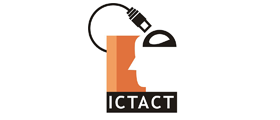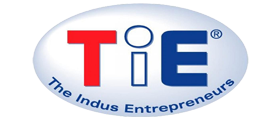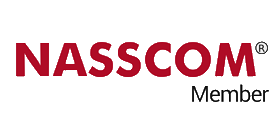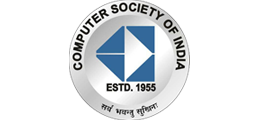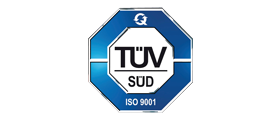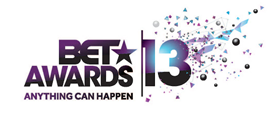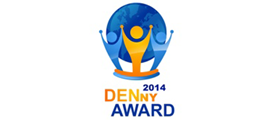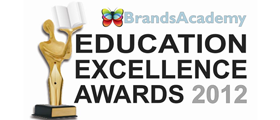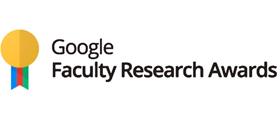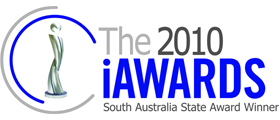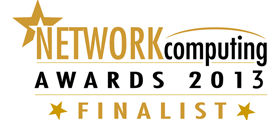Image Segmentation Using K Means Clustering MATLAB is considered as an intriguing process that must be carried out by using efficient algorithms. Looking to advance your project on Image Segmentation Using K Means Clustering in MATLAB, share your research details with us. We will provide you with valuable ideas and guidance for developing algorithms. We can assist you in finding compelling thesis topics that engage readers, ensuring your work is original and free of plagiarism. To execute image segmentation in MATLAB with K-means clustering, we suggest an instruction in an explicit and detailed manner, along with some sample codes:
Stepwise Execution
- Read the Image:
- Make use of imread to import the image into MATLAB.
- Transform Image Data to 2D:
- The image has to be restructured into a 2D array, in which the RGB values are denoted in every column and a pixel is indicated in every row.
- Implement K-means Clustering:
- To cluster the pixel values into k groups, we utilize the built-in kmeans function of the MATLAB.
- Convert Clustered Data:
- For the actual image sizes, the clustered data has to be transformed.
- Depict the Segmented Image:
- Specifically for the comparison process, the segmented and actual images must be depicted.
In order to carry out K-means clustering-related image segmentation, we provide a sample MATLAB script:
% Step 1: Read the Image
image = imread(‘example.jpg’);
imshow(image);
title(‘Original Image’);
% Step 2: Convert Image Data to 2D
[rows, cols, channels] = size(image);
pixelData = double(reshape(image, rows * cols, channels));
% Step 3: Apply K-means Clustering
k = 3; % Number of clusters
[clusterIndices, clusterCenters] = kmeans(pixelData, k, ‘distance’, ‘sqEuclidean’, ‘Replicates’, 3);
% Step 4: Reshape Clustered Data
segmentedData = uint8(reshape(clusterCenters(clusterIndices, :), rows, cols, channels));
% Step 5: Display the Segmented Image
figure;
imshow(segmentedData);
title([‘Segmented Image with K = ‘, num2str(k)]);
In-depth Description
- Read the Image:
- The image is imported into a variable through the imread function. By utilizing imshow function, the image data can be depicted.
- Transform Image Data to 2D:
- As a means to transform the 3D image matrix into a 2D matrix, the reshape function is very helpful. In a 2D matrix, the RGB values of the pixel are signified in every column and a pixel is denoted in every row.
- Implement K-means Clustering:
- The pixel values can be clustered into k groups using the kmeans function. The distance indicator is defined through the distance parameter. To neglect local minima, the number of times to iterate the clustering is denoted by Replicates parameter.
- Convert Clustered Data:
- For the actual image sizes, the clustered data is converted through the utilization of reshape function.
- Depict the Segmented Image:
- By means of imshow function, we intend to depict the segmented image.
Adaptation
- Number of Clusters: In order to modify the number of segments, adapt the k value.
- Distance Metric: To other metrics like ‘cosine’, ‘cityblock’, etc., the distance parameter has to be altered in the kmeans function.
- Initialization Method: In the kmeans function, we have to utilize the Start parameter to define various initialization techniques (for instance: ‘sample’, ‘plus’) for K-means.
Instance of Reading and Saving Images
In the latest working directory, it is important to have the image file example.jpg. Otherwise, the appropriate path has to be defined. Consider the following to save the segmented image:
imwrite(segmentedData, ‘segmented_image.jpg’);
Important 50 image segmentation k means clustering Projects
Across various domains, the process of image segmentation plays a crucial role. By considering image segmentation with K-means clustering method, we list out 50 significant project topics. To show the efficiency and adaptability of this method, these topics offer particular strategies and applications:
- Medical Image Segmentation:
- Through the use of the K-means clustering approach, the tumors have to be classified in MRI scans.
- Satellite Image Segmentation:
- On satellite images, we categorize land areas with the aid of K-means clustering.
- Facial Recognition Enhancement:
- By means of classified facial characteristics, the facial recognition frameworks must be enhanced.
- Road and Traffic Analysis:
- In traffic camera images, focus on categorizing vehicles and road areas.
- Agricultural Crop Monitoring:
- Using aerial images, various kinds of crops have to be classified.
- Wildlife Monitoring:
- Consider wildlife camera trap images and categorize animals in them.
- Underwater Image Segmentation:
- From underwater images, we plan to classify marine life and coral reefs.
- Urban Planning:
- In the images of urban regions, the green areas, roads, and buildings should be categorized.
- Plant Disease Detection:
- By focusing on plant leaves, our project classifies diseased parts.
- Medical Histology Analysis:
- In histological images, various kinds of cells have to be segmented.
- Forestry Management:
- Specifically from forest images, we aim to categorize types of trees.
- Skin Lesion Segmentation:
- Our project concentrates on dermatological images to detect and classify skin lesions.
- Fashion and Apparel Industry:
- In fashion images, various clothing products should be categorized.
- Cultural Heritage Preservation:
- From archaeological images, the oldest artifacts have to be classified and examined.
- Microscopic Image Segmentation:
- Focus on microscopic images to categorize designs of the cell.
- Food Quality Inspection:
- In vegetables and fruits, we intend to classify faults.
- Security Surveillance:
- Consider security camera recordings to categorize assaulters.
- Vehicle Identification:
- From the images of the parking area, various kinds of vehicles must be classified.
- Environmental Monitoring:
- In the images of the ecosystem, the levels of pollution have to be categorized.
- Astronomical Image Analysis:
- Specifically in astronomical images, we classify galaxies and stars.
- Construction Site Monitoring:
- From site images, our project categorizes construction development.
- Wildfire Detection:
- In forest images, the smoke and fire has to be classified.
- Traffic Sign Recognition:
- Concentrate on street view images and categorize traffic indicators from them.
- Aquatic Vegetation Mapping:
- From water regions, we categorize aquatic plants.
- Sports Analysis:
- Our project focuses on sports images and classifies equipment and players from them.
- E-commerce Product Segmentation:
- In e-commerce images, analyze background to categorize products.
- Geological Surveying:
- Particularly in geological images, the various kinds of rock have to be classified.
- Urban Green Space Analysis:
- Examine city images to categorize different factors such as green areas and parks.
- Public Health Monitoring:
- In epidemiological images, the regions of disease occurrences have to be classified.
- Fish Population Monitoring:
- From underwater images, various types of fish should be categorized.
- Remote Sensing for Disaster Management:
- We focus on satellite images to classify flood-impacted regions.
- Face Mask Detection:
- For COVID-19 surveillance, the face masks have to be categorized from crowd images.
- Digital Art Restoration:
- In digital recreations of artworks, the impaired regions must be classified.
- Military Surveillance:
- From military surveillance images, we categorize possible hazards.
- Retail Store Analysis:
- Consider the images of retail stores to classify items on shelves.
- Autonomous Vehicle Navigation:
- For autonomous vehicles, the drivable regions have to be categorized from road images.
- Landscape Analysis:
- In aerial images, various environmental characteristics must be classified.
- Color-based Image Segmentation:
- Particularly in different applications, we plan to carry out color-related segmentation by implementing K-means clustering.
- Brain MRI Segmentation:
- From MRI scans, various brain tissues have to be categorized.
- Natural Disaster Damage Assessment:
- In post-disaster images, we focus on classifying impaired frameworks and buildings.
- Solar Panel Inspection:
- Our project analyzes solar panel images to categorize potential faults.
- Waste Management:
- Specifically in recycling images, various kinds of waste have to be classified.
- Cattle Counting and Monitoring:
- From the images of farms, the cattle must be categorized.
- Pollution Detection:
- In the images of water bodies, classify polluted regions.
- Insect Population Monitoring:
- Concentrate on entomological images to categorize various types of insect.
- Facial Feature Extraction:
- For the purposes of identification and animation, the facial characteristics have to be classified.
- Interactive Image Segmentation Tool:
- To perform communicative image segmentation with the K-means method, we create a MATLAB-related tool.
- Synthetic Aperture Radar (SAR) Image Segmentation:
- Majorly for remote sensing applications, the characteristics must be categorized from SAR images.
- Architectural Analysis:
- In the images of buildings, the architectural characteristics should be classified.
- Biometric Identification:
- Consider identification frameworks and categorize specific biometric characteristics from them.
For executing the image segmentation process in MATLAB with the method of K-means clustering, we offered a procedural instruction clearly. Related to image segmentation with the K-means clustering approach, numerous compelling project topics are recommended by us, along with concise outlines.
For a hassle-free experience, reach out to our developers at matlabsimulation.com, and we will support you with all your requirements.

